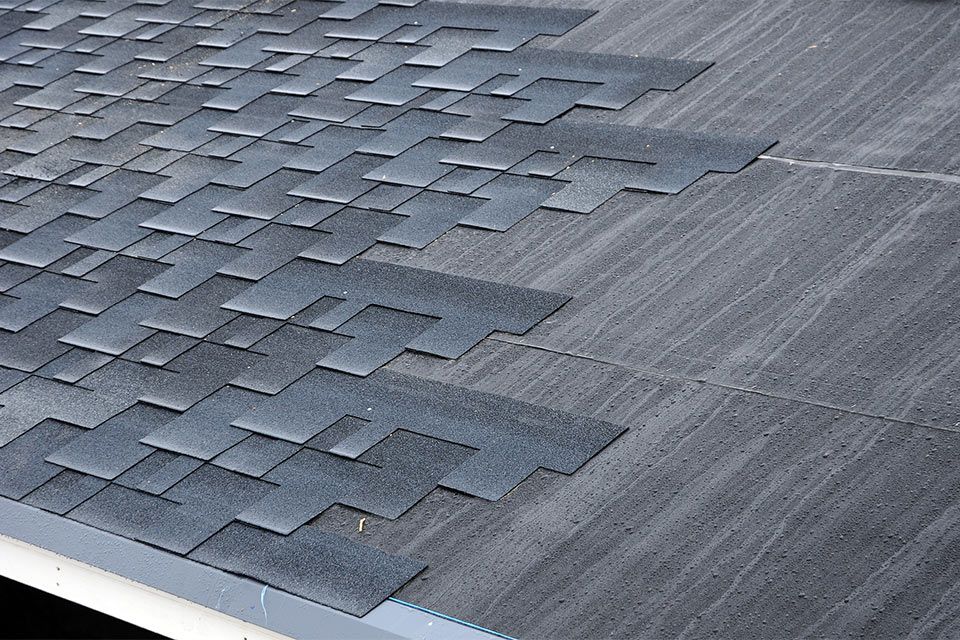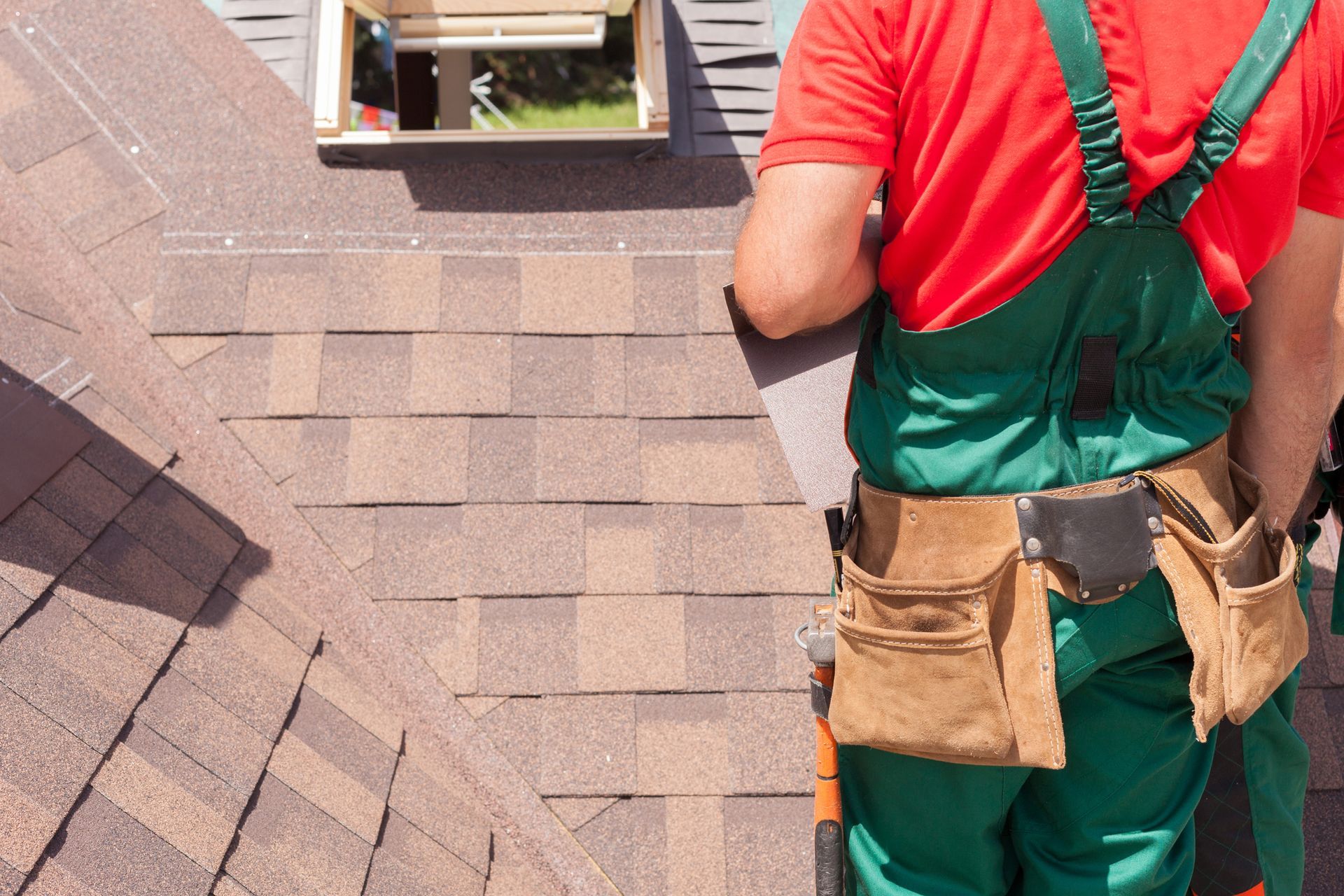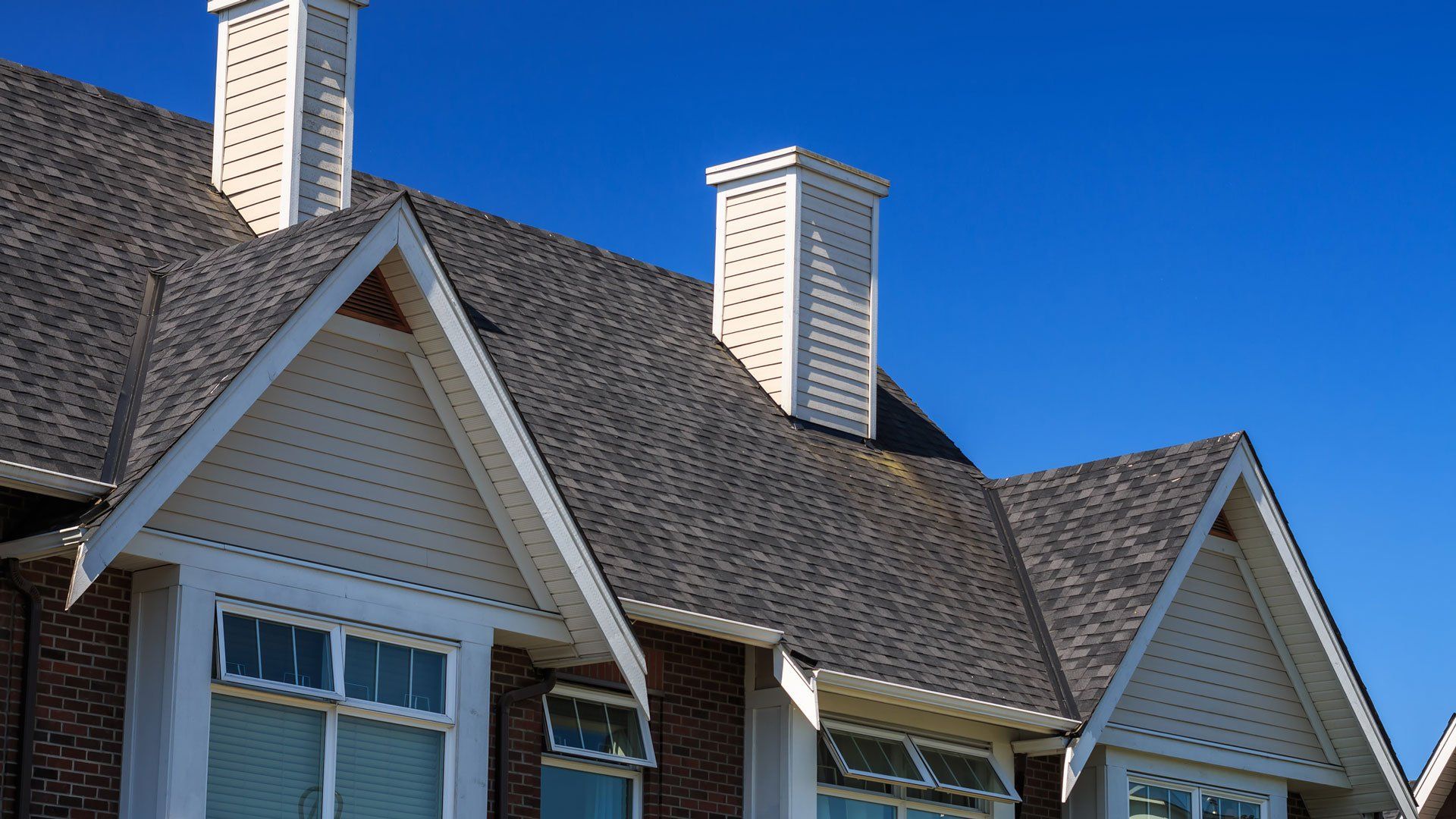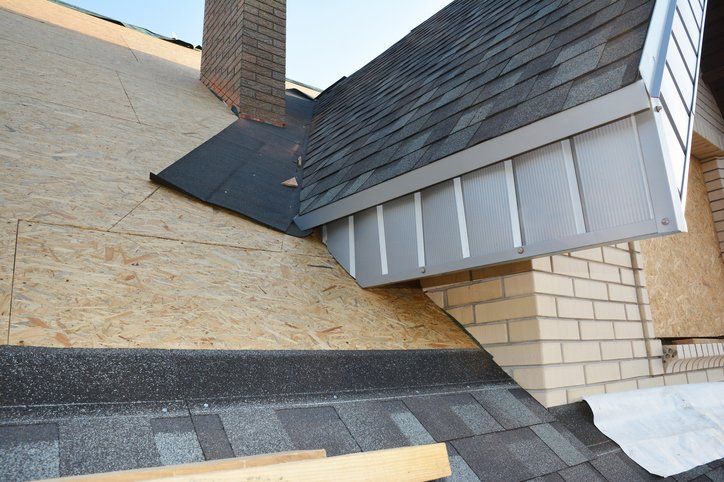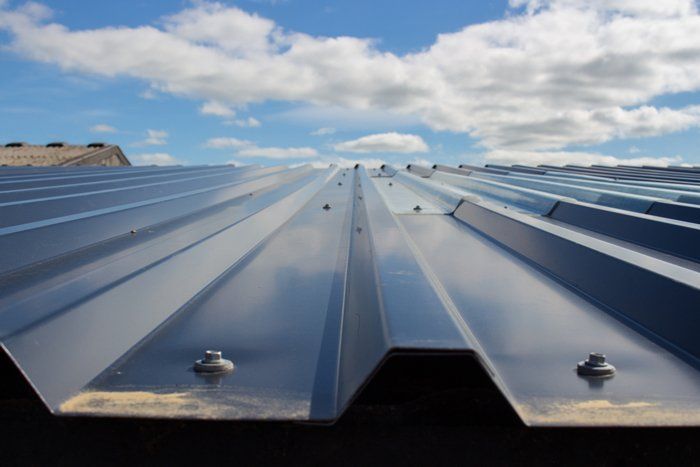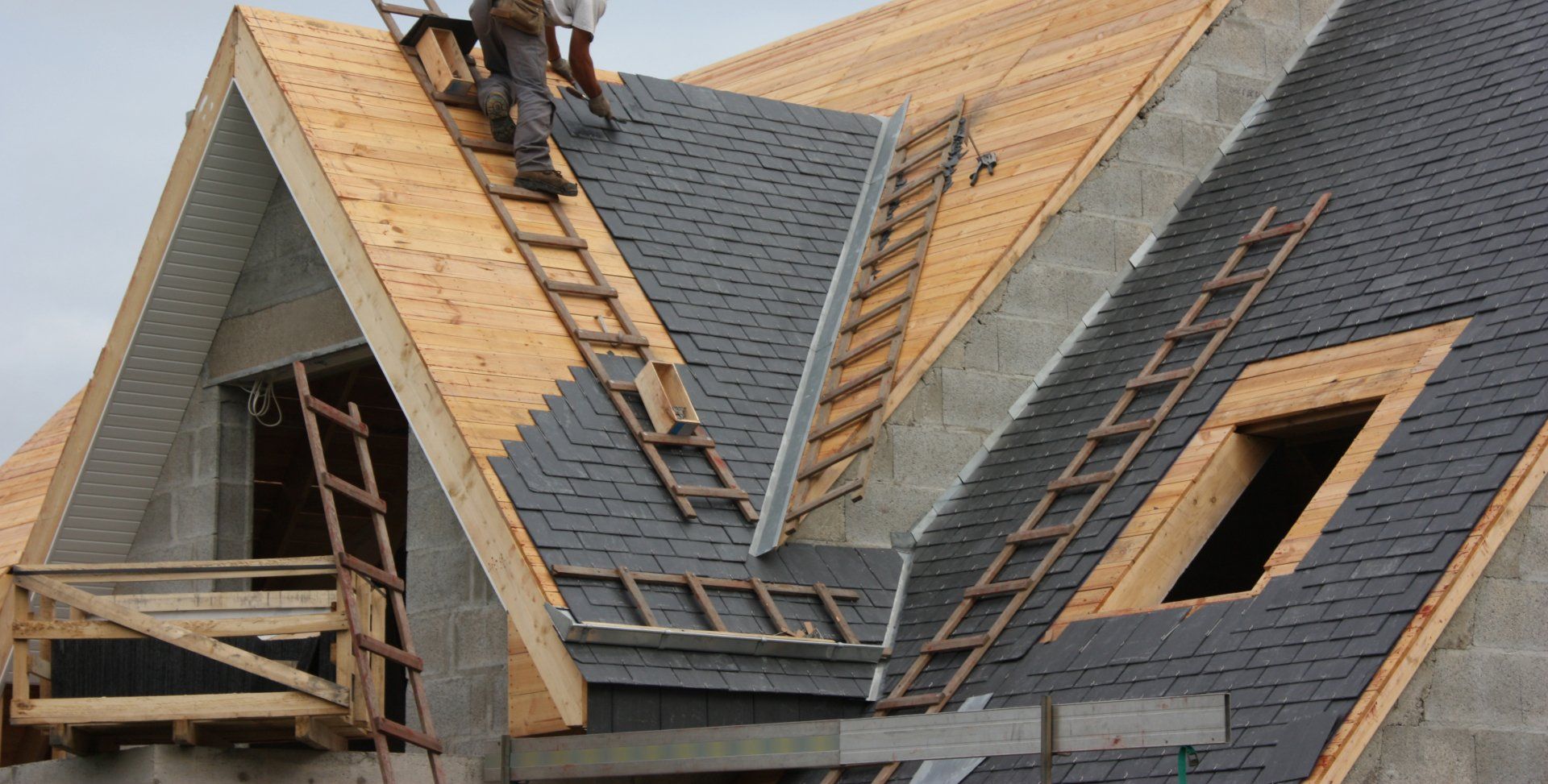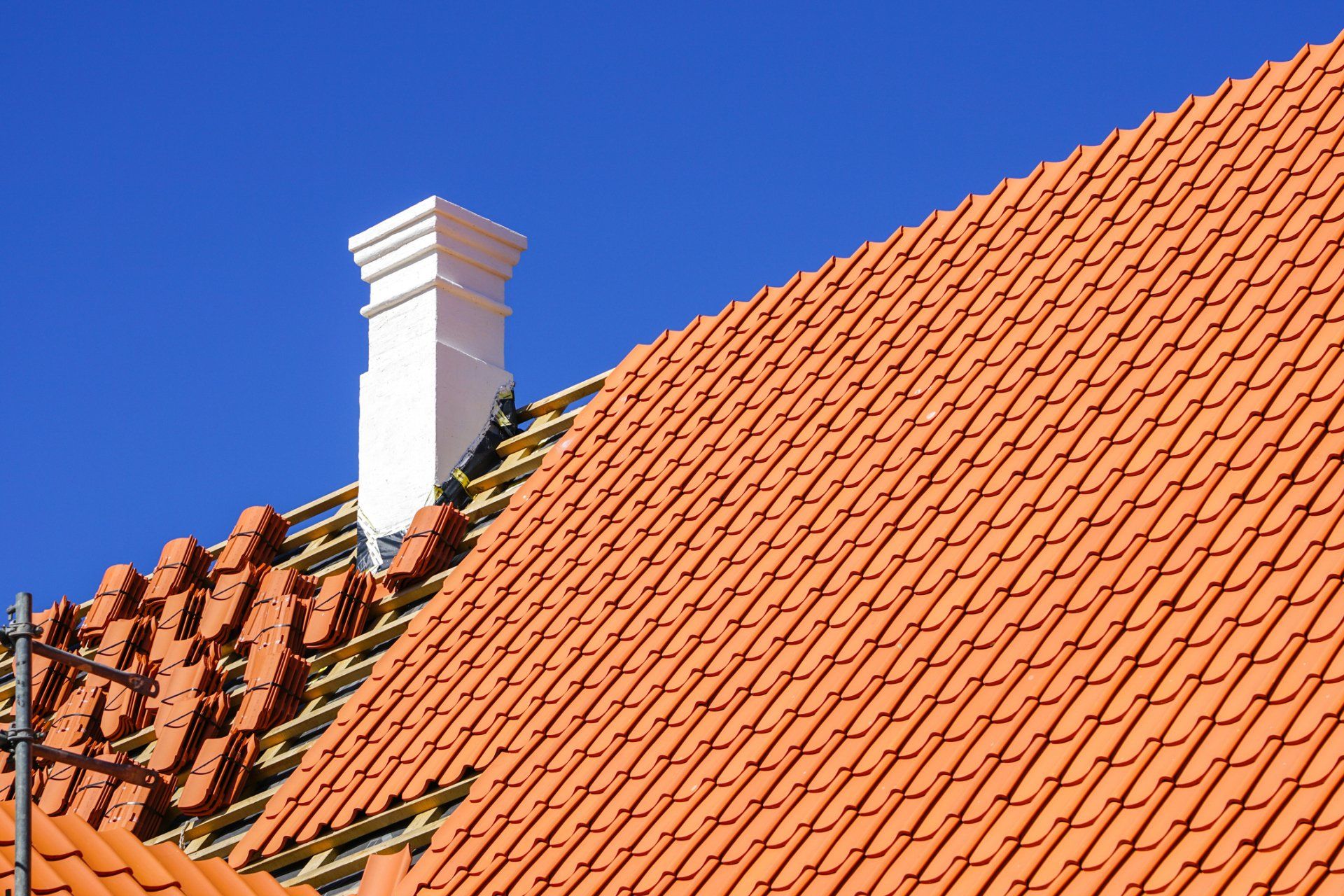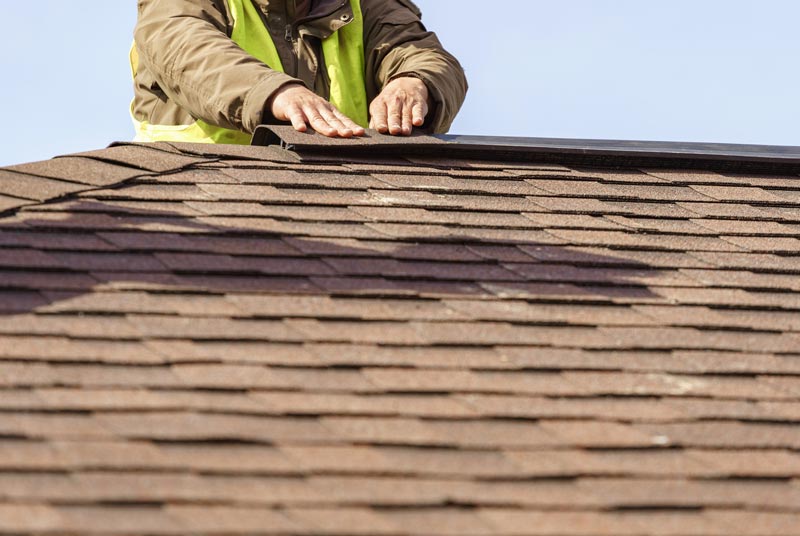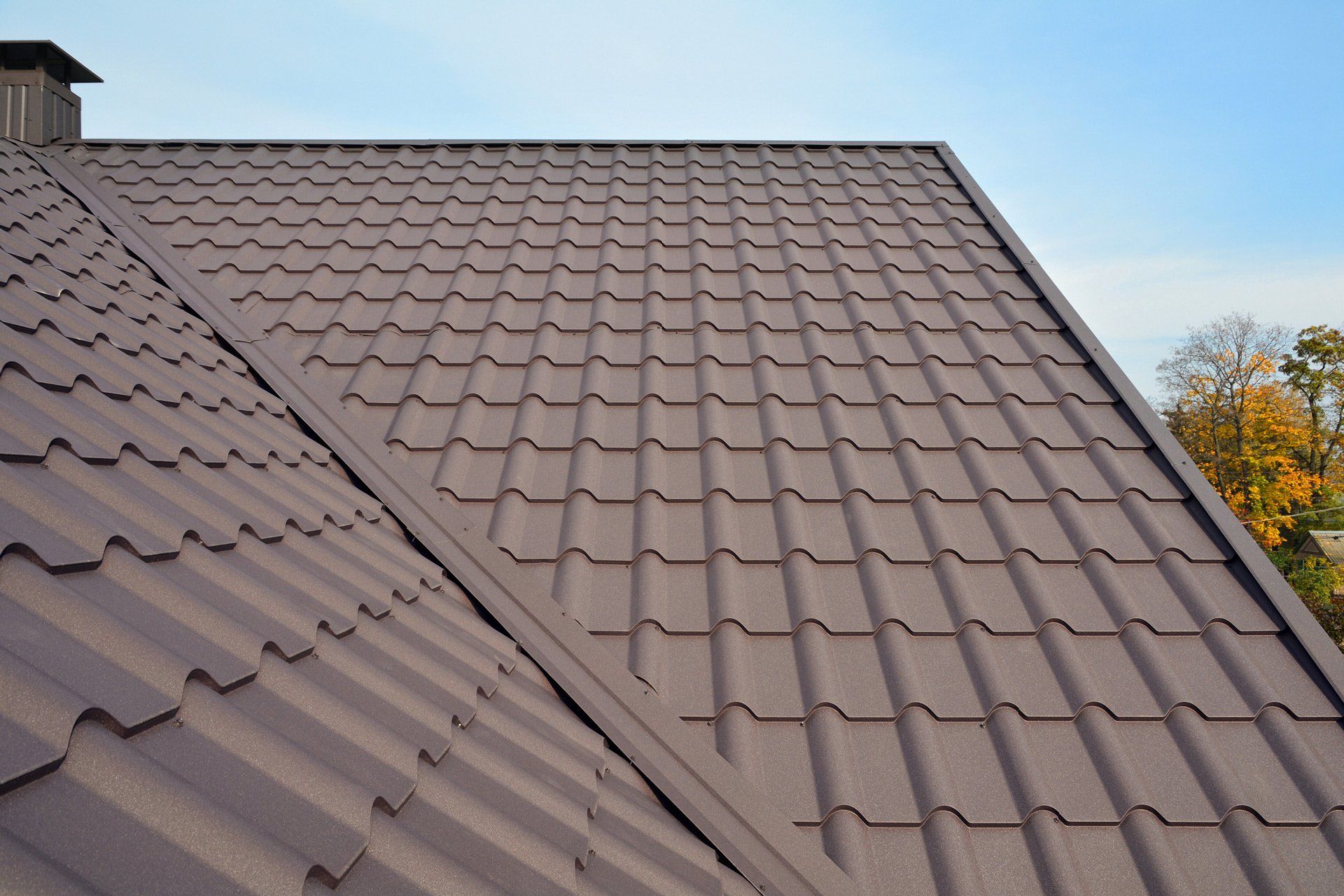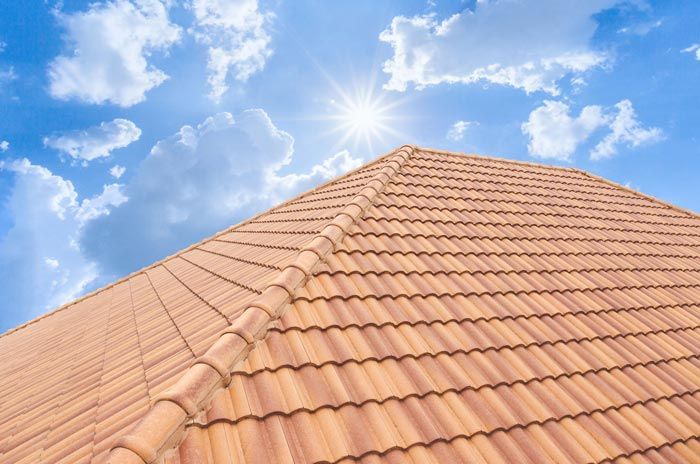How Does Your Roof Really Work?
Your roof protects you from the elements, but how does it do that exactly? Your roof is really made up of many pieces that work together, and if even one part fails, the entire roof can quickly become damaged, requiring costly repairs or even total replacement earlier than planned.
If you would like to better protect your roof, you need to understand how the various parts of the roof work and affect each other, so keep reading to find out more about your roof.
Shingles
The shingles of your roof are the first barrier of defense against the wind, rain, sun, etc. Shingles can be made from a wide variety of materials, but many homeowners still choose asphalt shingles because of their low price, durability, and adaptability for different climates.
Shingles block water by overlapping with each other. Special adhesives also ensure shingles stay down. Around chimneys, vents, and anything else that protrudes from your roof, you'll also need flashing installed over the shingles.
In time, though, every roof begins to fail, so look for signs of torn shingles, missing shingles, etc. Once the shingles have been compromised, the next layer of defense is the underlay.
Underlayment
The underlayment sits just under the shingles, and it works as a moisture barrier to help stop leaks once the shingles are damaged or missing. Asphalt-saturated felt was the old standard for underlayment, but when synthetic materials became more available, most roofers switched to non-bitumen synthetic underlayment. It's still saturated in asphalt but it also contains fiberglass for stability.
Rubberized asphalt is another underlayment option. This option is waterproof because it's made from rubber polymers. For this reason, however, it is also the more expensive option. It may reduce the risk of water reaching your decking though, which can save you money in restoration repairs.
Decking
The decking is usually made from sheets of wood that fully cover the roof. Once the decking is secured, the underlayment and shingles can be added on top of it, which is necessary to prevent wood rot and decay from moisture.
Freezing water, wind, etc. can dislodge shingles just enough to allow drops of water to pass through to the lower layers of your roof. And, over time, this can lead to leaks and water damage inside the home. A repair may be enough, but if the decking is severely damaged and the roof is old, a new roof may be the best idea.
Gutters
Most roofs are sloped, which allows water to naturally slide off. If the water is unable to do this because of debris, moss, etc. it stays on the roof longer, which gives it more time to leak through your roofing materials. Of course, if water is just pouring off your roof, this can destroy your house’s foundation, siding, and landscaping. And if the water also has no place to drain, it can flood your home.
Gutter systems consist of gutters, which catch the water as it pours off the roof. The water flows into the gutters to the downspouts, which send the water into the ground further away from your home and foundation to protect your house. And caring for your gutters is as easy as keeping them clean so the water doesn't get trapped.
In some states, you may also be allowed to catch the water from your downspout to reuse.
A roof isn't just a bunch of shingles. It has a lot of parts that are all necessary to prevent leaks. If you would like to know even more about how your roof works, or if you need a roof repair/replacement, contact us at Whittle's Roofing Co Inc today.

